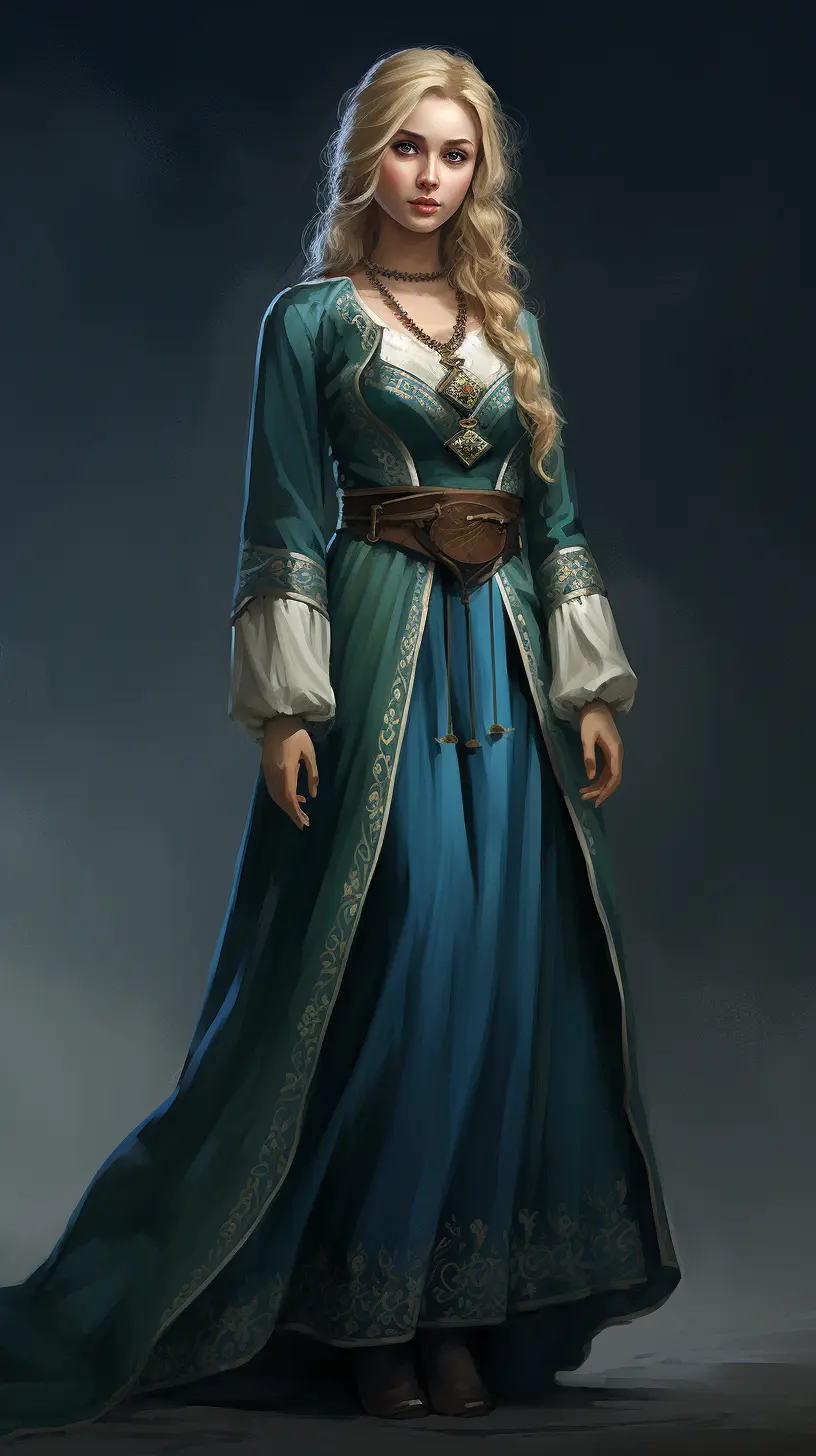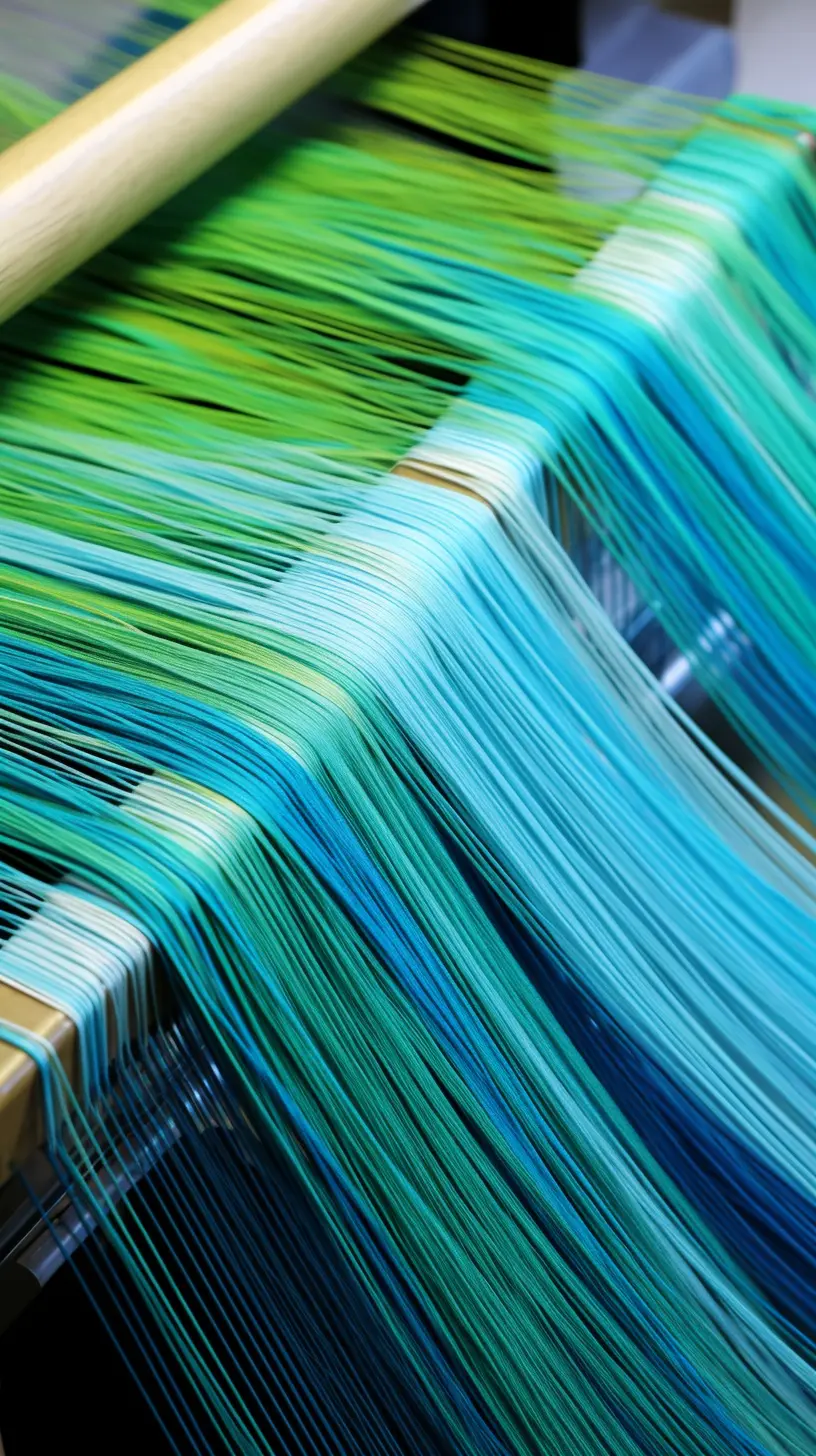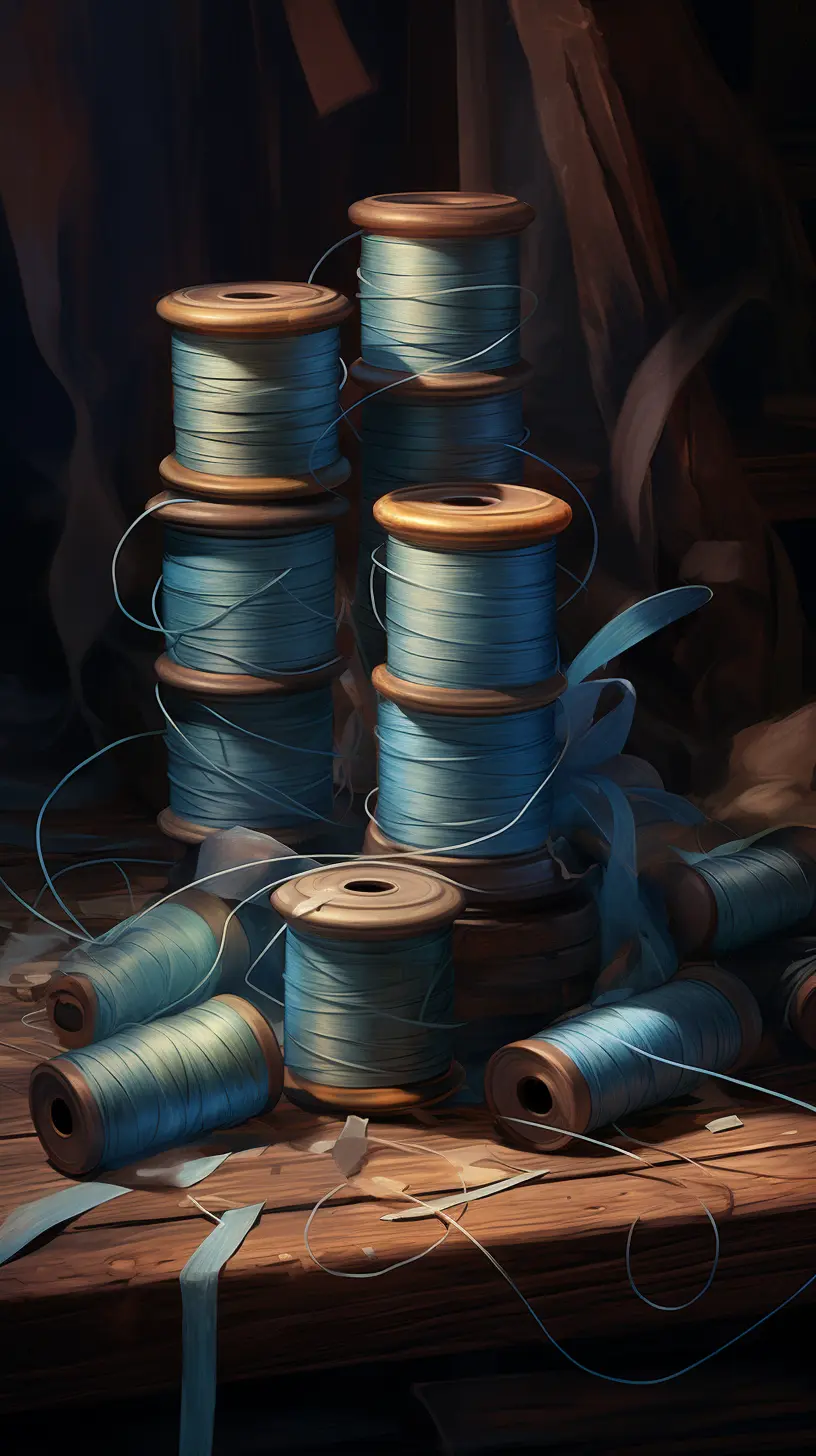Nereidslock
It's not a chore to weave when it's with this.Nereidslock, also known as seathread, shawlweave, ëarelanya, or Amphinome's locks, is a thread or textile woven from shawlsnare amphyllum. In its rawest form once derived from shawlsnare, it is a blue-green fibre that is surprisingly fluffy to the touch. When weaved into yarn or thread, it loses some of its signature colour, becoming a pleasant light colour in shades of blue to green. Due to the inherent strength of the seaweed from which it is woven, nereidslock is fairly strong, though spinning it into thread or fabric does reduce the strength of the overall material. Combination approaches with unrefined strips of shawlsnare have previously been practiced to create sturdy, lined baskets for storage. Nereidslock is reasonably absorbent, but takes a long time to dry even in thread form - however, it does retain its shape well, and stays relatively wrinkle-free. Somewhat uniquely, nereidslock does not alter its shape or size when exposed to water; any water it absorbs serves to strengthen the weave rather than expanding it. Though this defied scientific understanding for many years, it is generally accepted now to be the result of shawlsnare's latent absorption of ambient magics.
History & Usage
Everyday use
I'm not going out of the aerosphere unless I'm in nereidslock or the like! I don't need my bloody knickers shrinking themselves onto my private parts again!Despite the plentiful nature of shawlsnare in coastal communities, spinning nereidslock is only common in communities where access to easier fibres like cotton, flax, and ramie is scarce. The process of obtaining shawlsnare's fibres to spin into weaves is considered an unnecessary complication, and the fibres are harder to weave than many others.
Refinement
When they started setting out baths of acids and lye, I thought they were setting up to kill me. Turns out they were just running low on cloth. Soon put me to work!Nereidslock is harvested from shawlsnare, which is then broken down into its fibrous form through two major steps. Firstly, acidic salts dissolved in water are applied to the ribbons of shawlsnare and allowed to absorb into its lengths before it is placed in the sun to dry. When fully dried, the shawlsnare's texture is notably different as the acids break down its protective coatings.
Manufacturing & Products
Cotton's faster, aye, and softer on the hands. But gods, nereidslock is pretty, isn't it?Like other fibres, nereidslock can be woven into many different kinds of shawlweave. Dry-spun and wet-spun thread make some difference in what can be done, as can the lengths of fibre involved, but the basic principles of fabric weaving remain consistent.












Yaaaay, a whole article about nereidslock! I love the detail you've gone to about the process of creating it and the properties it contains.